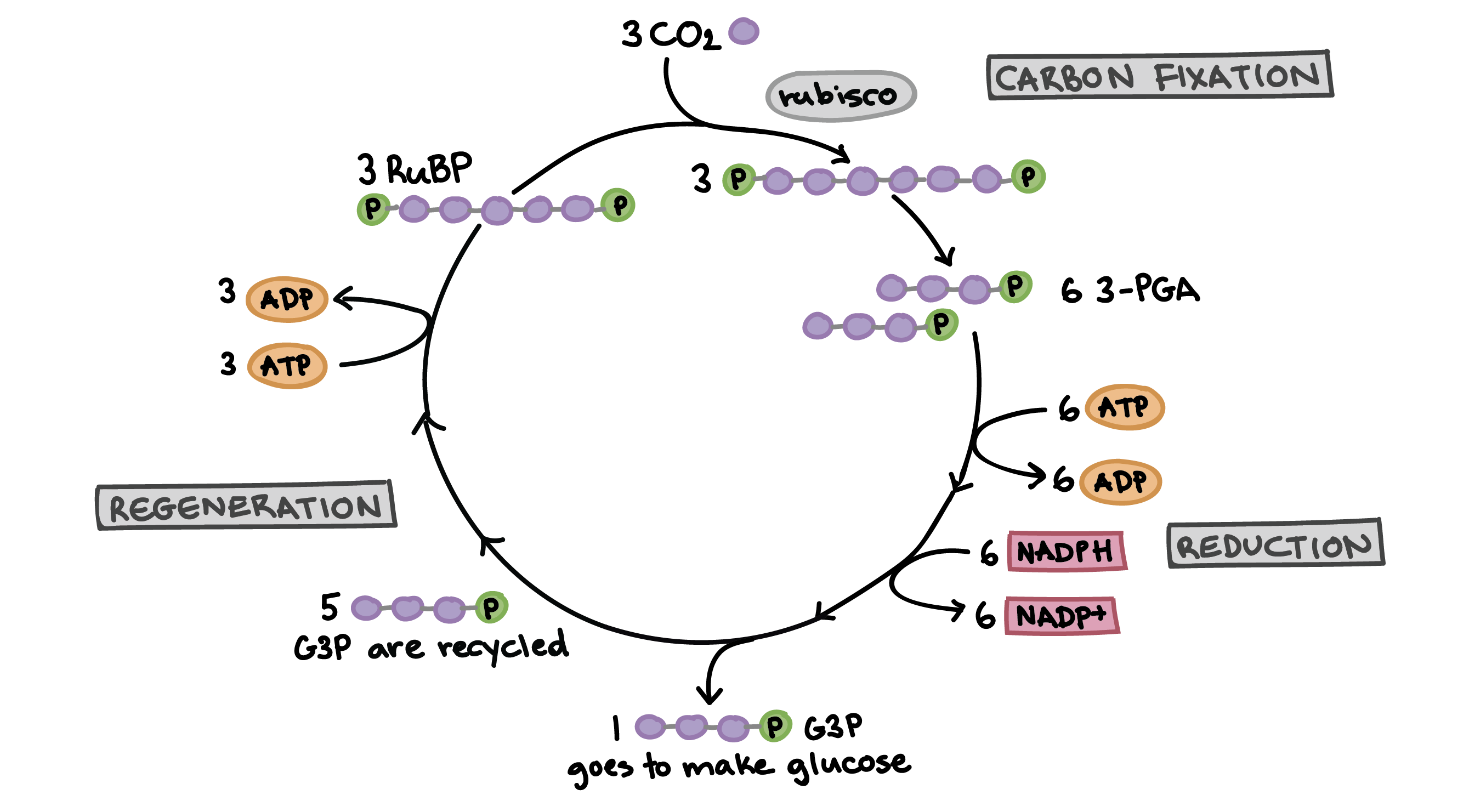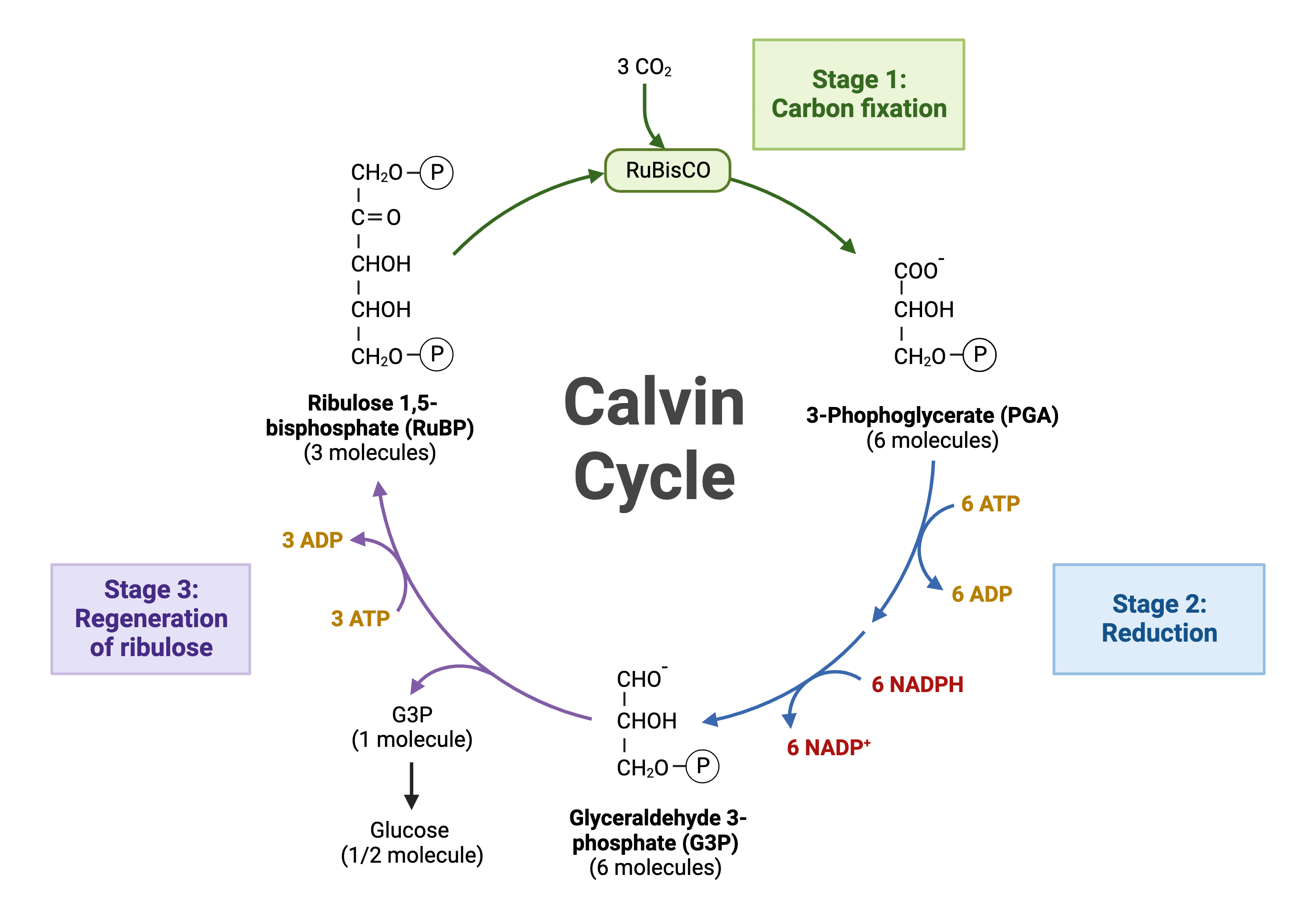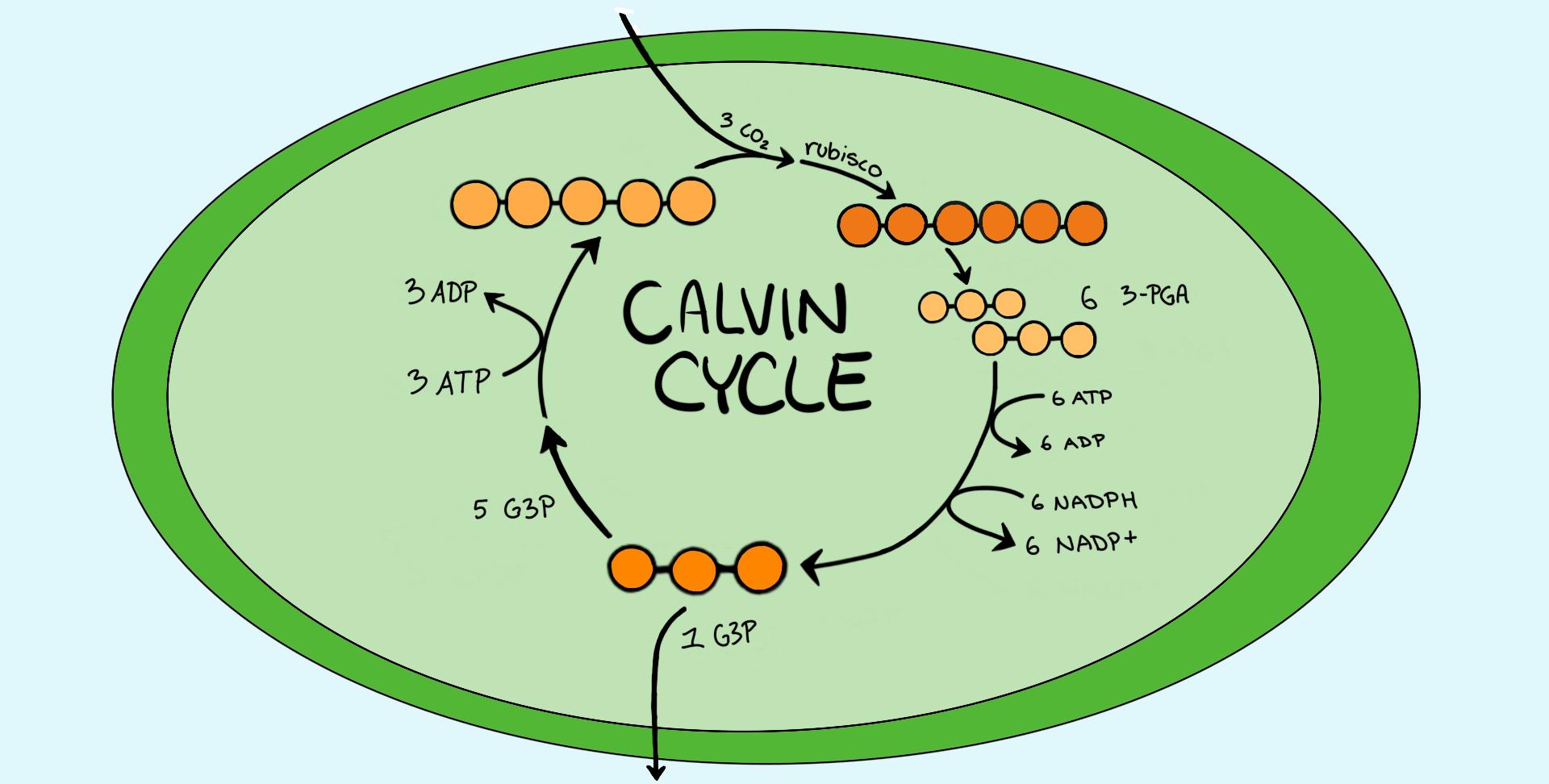What is the main process in the stroma? It’s photosynthesis, a fundamental process that fuels life on Earth. The stroma, a gel-like matrix within chloroplasts, serves as the site for the Calvin cycle, the light-independent reactions of photosynthesis. Here, carbon dioxide is converted into glucose, providing the energy that sustains plant growth and ultimately, the entire food chain.
The stroma’s structure and composition are intricately designed to support this vital process. It contains enzymes, proteins, and other molecules that facilitate the complex series of reactions involved in carbon fixation. This dynamic environment constantly adapts to environmental changes, ensuring the efficient production of energy for the plant.
The Stroma: A Foundation for Life

The stroma, a vital component within the chloroplast, plays a crucial role in the life of a plant cell. It serves as the site for essential metabolic processes, including the conversion of light energy into chemical energy, a process known as photosynthesis.
The Structure and Composition of the Stroma
The stroma is a semi-fluid matrix that fills the space between the thylakoid membranes, the intricate network of interconnected sacs within the chloroplast. This matrix is a complex mixture of proteins, enzymes, and other molecules essential for photosynthesis. The stroma is also rich in various organic molecules, including carbohydrates, lipids, and nucleic acids.
The Stroma’s Location within the Chloroplast
The chloroplast, the powerhouse of the plant cell, is a double-membrane organelle that houses the stroma. The chloroplast is composed of two distinct regions: the stroma and the thylakoid membranes. The thylakoid membranes are stacked into grana, which are interconnected by stromal lamellae. The stroma is the space surrounding the thylakoid membranes, providing a suitable environment for the critical reactions of photosynthesis to occur.
Photosynthesis

The stroma, the fluid-filled region within chloroplasts, plays a crucial role in photosynthesis, the process by which plants convert light energy into chemical energy in the form of sugars. This intricate process unfolds in two main stages: the light-dependent reactions and the light-independent reactions, also known as the Calvin cycle. While the light-dependent reactions occur in the thylakoid membranes, the Calvin cycle takes place within the stroma, where the energy captured from sunlight is used to fix carbon dioxide into organic compounds.
The Calvin Cycle: A Symphony of Reactions
The Calvin cycle is a series of biochemical reactions that occur in the stroma, utilizing the energy stored in ATP and NADPH produced during the light-dependent reactions to convert carbon dioxide into glucose. This cycle is divided into three main stages:
- Carbon Fixation: The cycle begins with the incorporation of carbon dioxide into an existing five-carbon sugar molecule called ribulose-1,5-bisphosphate (RuBP). This reaction is catalyzed by the enzyme RuBisCo, which is the most abundant protein on Earth. The product of this reaction is an unstable six-carbon molecule that quickly splits into two molecules of 3-phosphoglycerate (3-PGA).
- Reduction: The 3-PGA molecules are then reduced to glyceraldehyde-3-phosphate (G3P) using the energy from ATP and the reducing power of NADPH. This step involves a series of enzymatic reactions that add a phosphate group and electrons to the 3-PGA molecules.
- Regeneration: Some of the G3P molecules are used to synthesize glucose, while others are recycled to regenerate RuBP. This regeneration process requires ATP and involves a series of enzymatic reactions that rearrange the carbon atoms of G3P to form RuBP.
Enzymatic Orchestra in the Stroma
The stroma is a bustling hub of enzymatic activity, with numerous enzymes playing critical roles in facilitating the Calvin cycle. Some key enzymes include:
- RuBisCo: As mentioned earlier, RuBisCo is the primary enzyme responsible for carbon fixation. It catalyzes the reaction between carbon dioxide and RuBP, initiating the Calvin cycle.
- Phosphoglycerate Kinase: This enzyme catalyzes the conversion of 3-PGA to 1,3-bisphosphoglycerate, an important step in the reduction phase.
- Glyceraldehyde-3-Phosphate Dehydrogenase: This enzyme catalyzes the reduction of 1,3-bisphosphoglycerate to G3P, utilizing the reducing power of NADPH.
- Triose Phosphate Isomerase: This enzyme interconverts the two isomers of G3P, ensuring the smooth flow of the Calvin cycle.
- Fructose-1,6-Bisphosphatase: This enzyme catalyzes the hydrolysis of fructose-1,6-bisphosphate to fructose-6-phosphate, a crucial step in the regeneration of RuBP.
Light-Dependent and Light-Independent Reactions: A Symbiotic Partnership
The light-dependent reactions and the light-independent reactions of photosynthesis are interconnected and work together to convert light energy into chemical energy. The light-dependent reactions, which occur in the thylakoid membranes, capture light energy and use it to generate ATP and NADPH. These energy carriers are then transported to the stroma, where they fuel the Calvin cycle, the light-independent reactions.
The light-dependent reactions provide the energy and reducing power needed for the Calvin cycle to fix carbon dioxide and produce glucose.
The Calvin cycle, in turn, consumes the ATP and NADPH produced by the light-dependent reactions, ensuring a continuous flow of energy through the photosynthetic process. This symbiotic relationship between the two stages of photosynthesis allows plants to efficiently convert light energy into chemical energy, ultimately providing the foundation for life on Earth.
Energy Conversion
The stroma, the fluid-filled space within the chloroplast, is not merely a passive environment but a dynamic hub of energy conversion. It plays a crucial role in harnessing the energy captured during the light-dependent reactions and utilizing it to fuel the synthesis of organic molecules, a process known as carbon fixation.
Carbon Dioxide Reduction and Glucose Formation, What is the main process in the stroma
The stroma serves as the site for the Calvin cycle, a series of biochemical reactions that utilize the energy stored in ATP and NADPH, produced during the light-dependent reactions, to convert carbon dioxide into glucose. This process, often referred to as carbon fixation, is the cornerstone of photosynthesis.The Calvin cycle is a cyclical process that involves a series of steps:
- Carbon Dioxide Fixation: The cycle begins with the incorporation of carbon dioxide into an existing five-carbon sugar, ribulose-1,5-bisphosphate (RuBP), catalyzed by the enzyme RuBisCo. This reaction results in the formation of an unstable six-carbon intermediate that quickly breaks down into two molecules of 3-phosphoglycerate (3-PGA).
- Reduction: The 3-PGA molecules are then reduced to glyceraldehyde-3-phosphate (G3P) using ATP and NADPH generated during the light-dependent reactions. This reduction step involves the addition of electrons and hydrogen ions, effectively converting the 3-PGA into a more energy-rich molecule.
- Regeneration of RuBP: Only one molecule of G3P is used to synthesize glucose, while the remaining molecules are used to regenerate RuBP, ensuring the continuation of the Calvin cycle. This regeneration process requires energy from ATP and involves a series of complex enzymatic reactions.
The net result of the Calvin cycle is the conversion of six molecules of carbon dioxide into one molecule of glucose. This glucose molecule represents the primary product of photosynthesis, serving as the foundation for the production of other organic molecules, such as starch, cellulose, and lipids, essential for plant growth and development.
The Stroma’s Dynamic Nature

The stroma, the fluid-filled region within the chloroplast, is not merely a static container for photosynthesis but a dynamic environment, constantly adapting and responding to its surroundings. Its structure and function are intricately linked, with the stroma’s dynamic nature playing a crucial role in the overall efficiency of photosynthesis.
Factors Influencing the Stroma’s Structure and Function
The stroma’s structure and function are influenced by various factors, including:
- Light intensity: Light intensity directly impacts the stroma’s activity. High light intensity triggers increased production of photosynthetic enzymes and proteins, leading to enhanced photosynthetic rates. The stroma also adapts by increasing the concentration of pigments like chlorophyll, maximizing light absorption.
- CO2 concentration: The availability of CO 2 is essential for the Calvin cycle, the primary carbon fixation pathway in photosynthesis. When CO 2 levels are high, the stroma responds by increasing the activity of enzymes involved in carbon fixation, promoting efficient utilization of this crucial resource.
- Temperature: Temperature fluctuations significantly impact the stroma’s activity. Optimal temperatures favor efficient enzymatic reactions within the stroma, while extreme temperatures can disrupt the delicate balance of these reactions, potentially leading to damage.
- Water availability: Water is crucial for photosynthesis, and the stroma’s structure and function are influenced by water availability. In water-stressed conditions, the stroma may shrink, reducing the volume available for photosynthetic reactions. The stroma also adapts by producing protective compounds to mitigate the effects of drought.
- Nutrient availability: The stroma requires specific nutrients, such as nitrogen, phosphorus, and magnesium, for optimal functioning. The availability of these nutrients directly influences the synthesis of photosynthetic enzymes and proteins, impacting the overall efficiency of photosynthesis.
The stroma’s role in photosynthesis is a testament to the remarkable efficiency and elegance of nature. It’s a fascinating example of how a seemingly simple structure can orchestrate a complex process that underpins life itself. Understanding the stroma’s function provides crucial insights into the intricate workings of plant cells and the interconnectedness of all living organisms.
Essential FAQs: What Is The Main Process In The Stroma
What is the difference between the light-dependent and light-independent reactions of photosynthesis?
The light-dependent reactions occur in the thylakoid membranes within the chloroplast and use light energy to generate ATP and NADPH. These energy carriers are then used in the light-independent reactions, also known as the Calvin cycle, which takes place in the stroma. The Calvin cycle uses ATP and NADPH to convert carbon dioxide into glucose.
What are some examples of other metabolic pathways that occur within the stroma?
In addition to photosynthesis, the stroma is involved in various metabolic processes, including starch synthesis, amino acid synthesis, and lipid metabolism. These pathways utilize the energy and building blocks generated by photosynthesis to support the plant’s growth and development.
How does the stroma’s structure contribute to its function in photosynthesis?
The stroma’s gel-like consistency provides a stable environment for the enzymes and other molecules involved in photosynthesis. Its interconnectedness with the thylakoid membranes allows for efficient transfer of energy carriers between the light-dependent and light-independent reactions.






